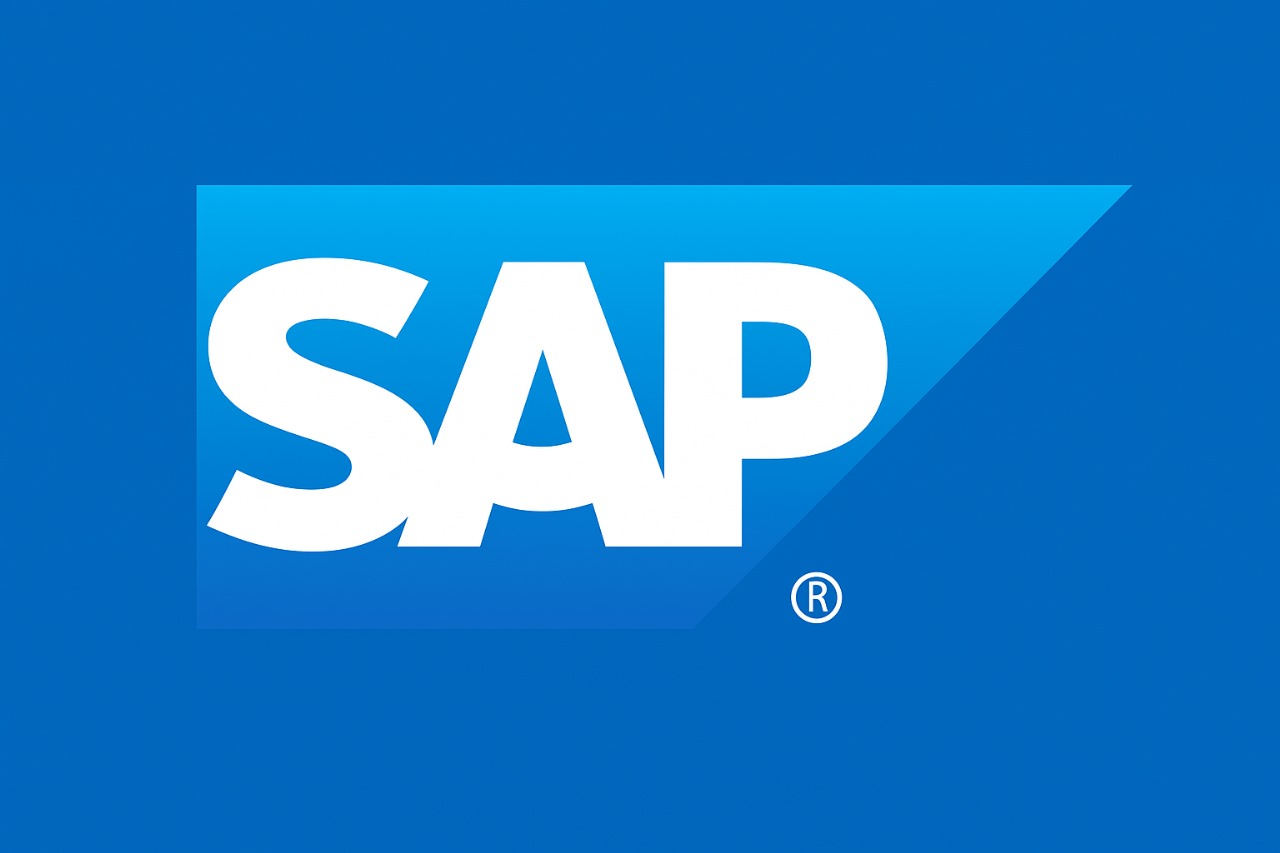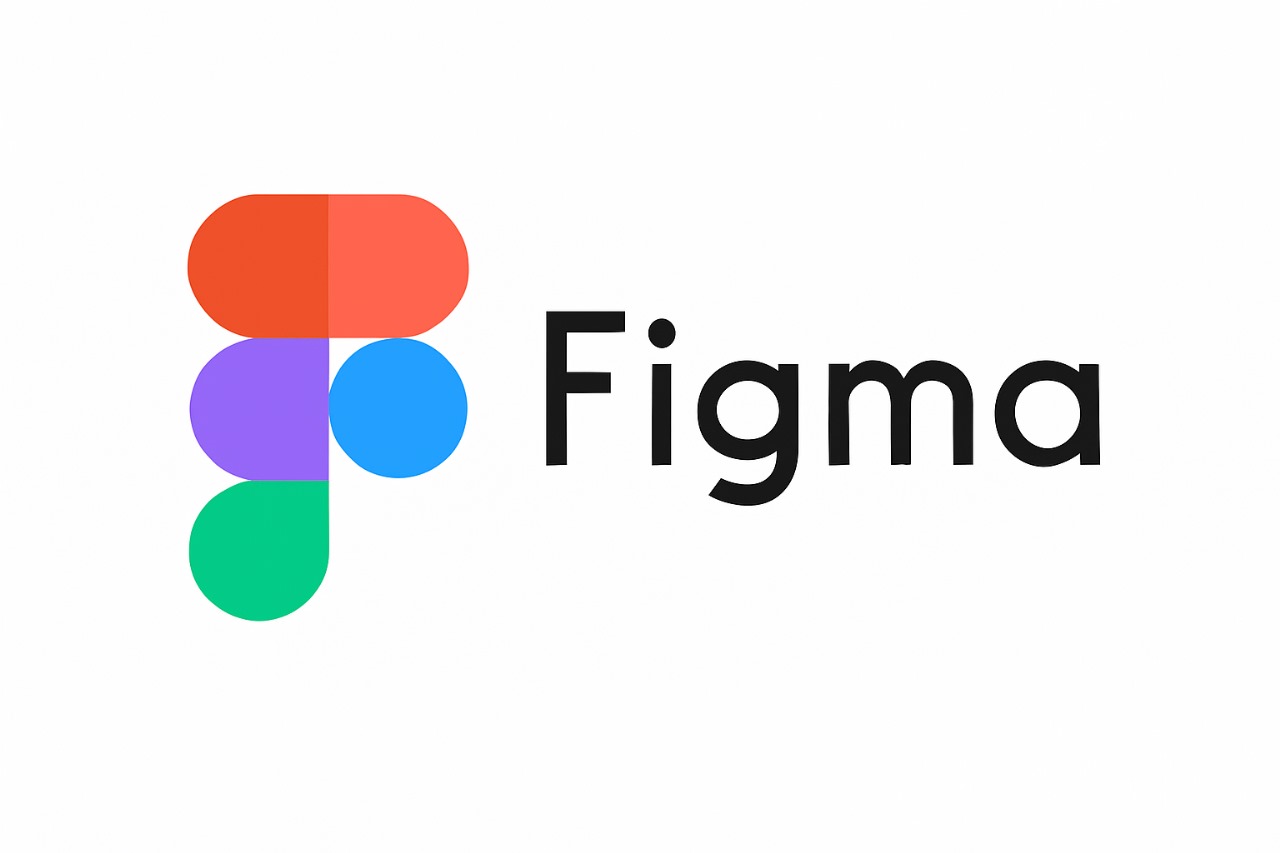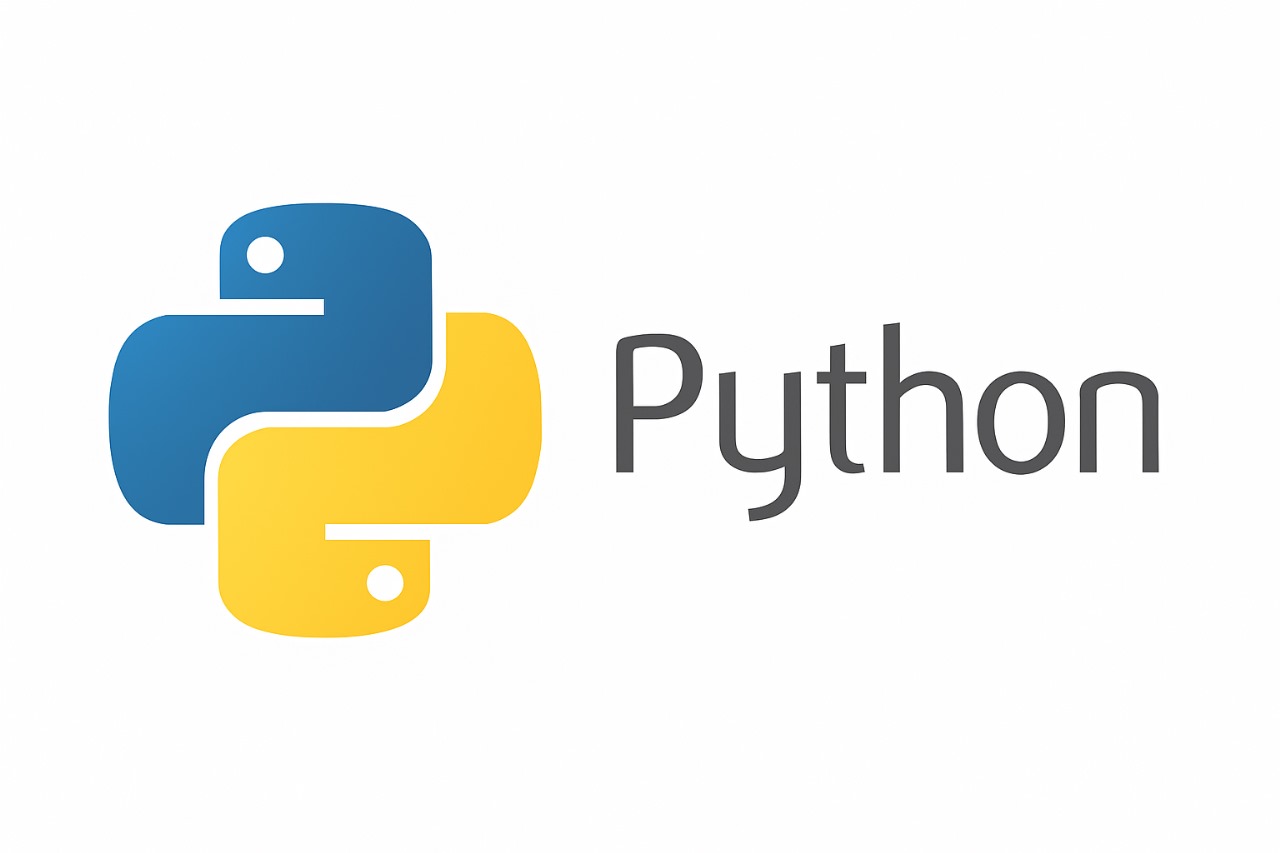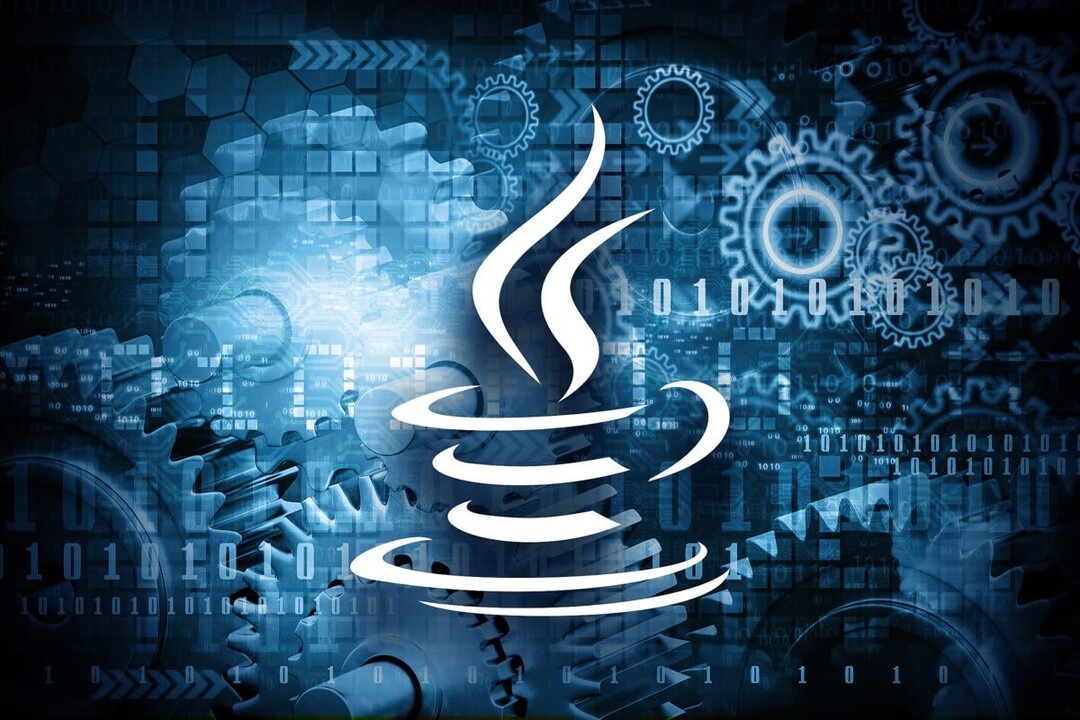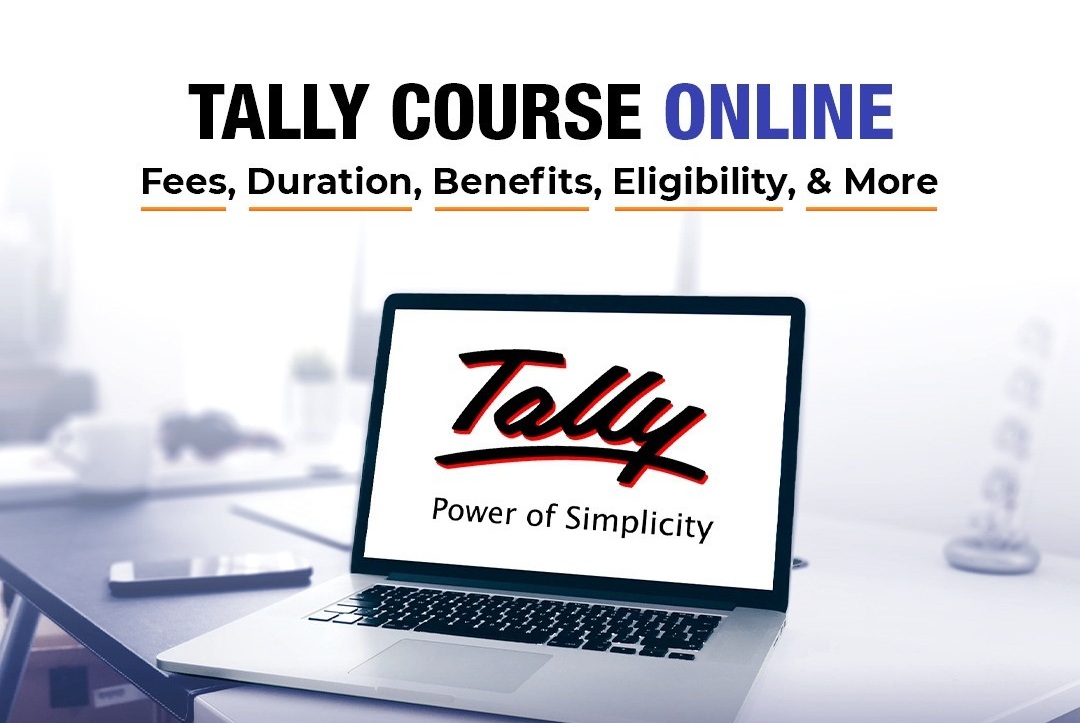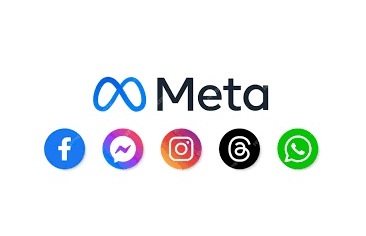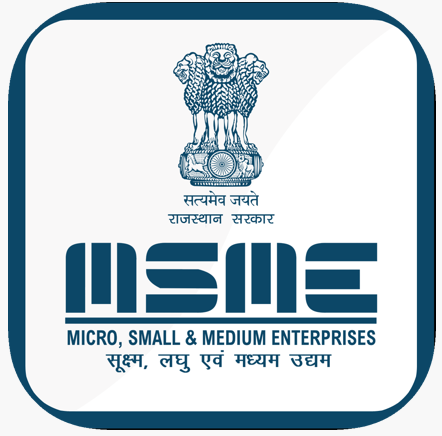GST Technologies
SAP SALES FORCE
🔷 PART 1: Salesforce CRM – Functional & Technical Modules
🧩 1. Introduction to Salesforce
- What is Salesforce?
- Cloud computing and CRM overview
- Salesforce Editions and Architecture
- Salesforce vs traditional ERP
- Real-time use cases in businesses
🧩 2. Salesforce Administration
- Salesforce Objects – Standard & Custom
- Tabs, Apps, Fields, Records
- Page Layouts, Record Types
- Validation Rules
- Workflow Rules and Process Builder
- Profiles, Roles, Permission Sets
- Security Model – OWD, Sharing Rules
- Reports and Dashboards
- Data Import Wizard and Data Loader
🧩 3. Salesforce Sales Cloud
- Lead Management
- Opportunity and Pipeline Management
- Account and Contact Management
- Products & Price Books
- Quotes and Orders
- Campaign Management
- Forecasting and Sales Analytics
🧩 4. Salesforce Service Cloud (Optional)
- Case Management
- Knowledge Base
- Service Console
- Entitlements and Milestones
- Omni-channel routing
🧩 5. Salesforce Lightning Experience
- Classic vs Lightning UI
- Lightning App Builder
- Lightning Components Basics
- Lightning Pages and Record Customization
🧩 6. Salesforce Development (Apex & Visualforce)
- Apex Basics: Classes, Triggers, SOQL & SOSL
- Visualforce Pages
- Governor Limits
- Batch Apex and Schedulers
- REST and SOAP APIs
🔷 PART 2: SAP Overview for Salesforce Professionals
🧩 7. Overview of SAP Functional Modules
- SAP ECC vs SAP S/4HANA
- Key modules: SD, MM, CRM, FI
- Customer master, Material master
- Sales Order to Cash Process (O2C)
- SAP CRM vs Salesforce
🧩 8. SAP SD/CRM Basics Relevant to Salesforce
- SAP SD processes (Inquiry → Quotation → Order → Delivery → Billing)
- Partner Functions (sold-to, ship-to, payer)
- Pricing Procedure (condition technique)
- SAP CRM: Interaction Center, Service Orders, Leads
- Customer Interaction Center (CIC)
🔷 PART 3: SAP and Salesforce Integration
🧩 9. Integration Architecture Overview
- Integration strategies:
- Point-to-point
- Middleware-based
- Real-time vs Batch integration
- Integration via Salesforce Connect
- External objects in Salesforce
🧩 10. Middleware Options
- SAP PI/PO (Process Integration / Orchestration)
- SAP CPI (Cloud Platform Integration)
- MuleSoft (preferred by Salesforce)
- Dell Boomi
- Informatica Cloud
🧩 11. Salesforce API Knowledge
- REST API and SOAP API overview
- Working with Postman to test APIs
- Salesforce authentication (OAuth 2.0)
- Integration User setup
🧩 12. SAP Integration Points
- Common integration objects:
- Customer Master Data
- Product Catalog
- Sales Orders and Invoices
- Price Lists and Conditions
- IDocs, BAPIs, RFCs
- ALE (Application Link Enabling) overview
GST TECHNOLOGY
